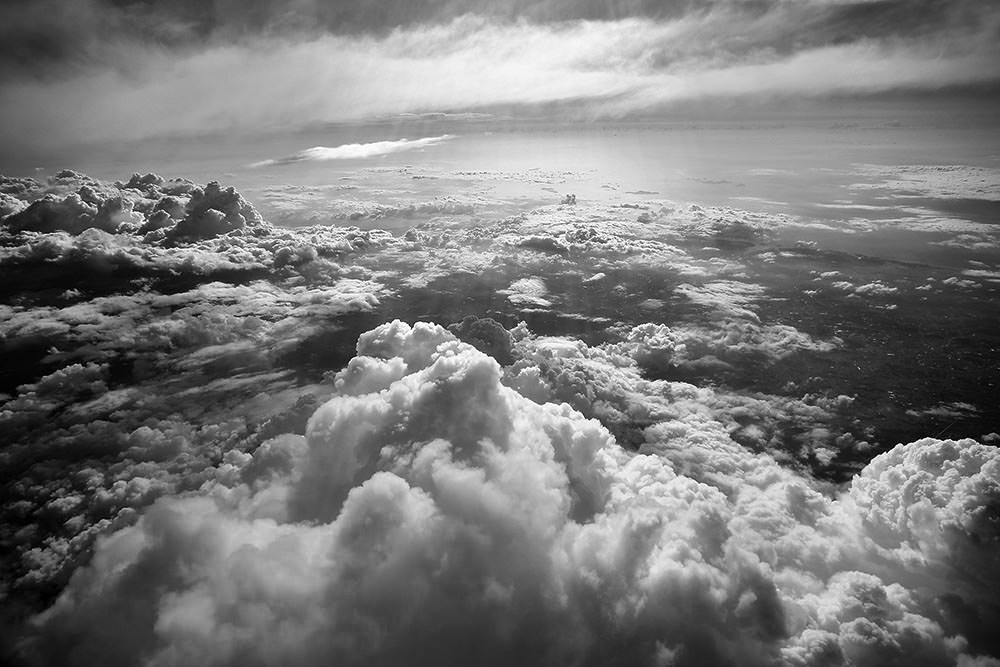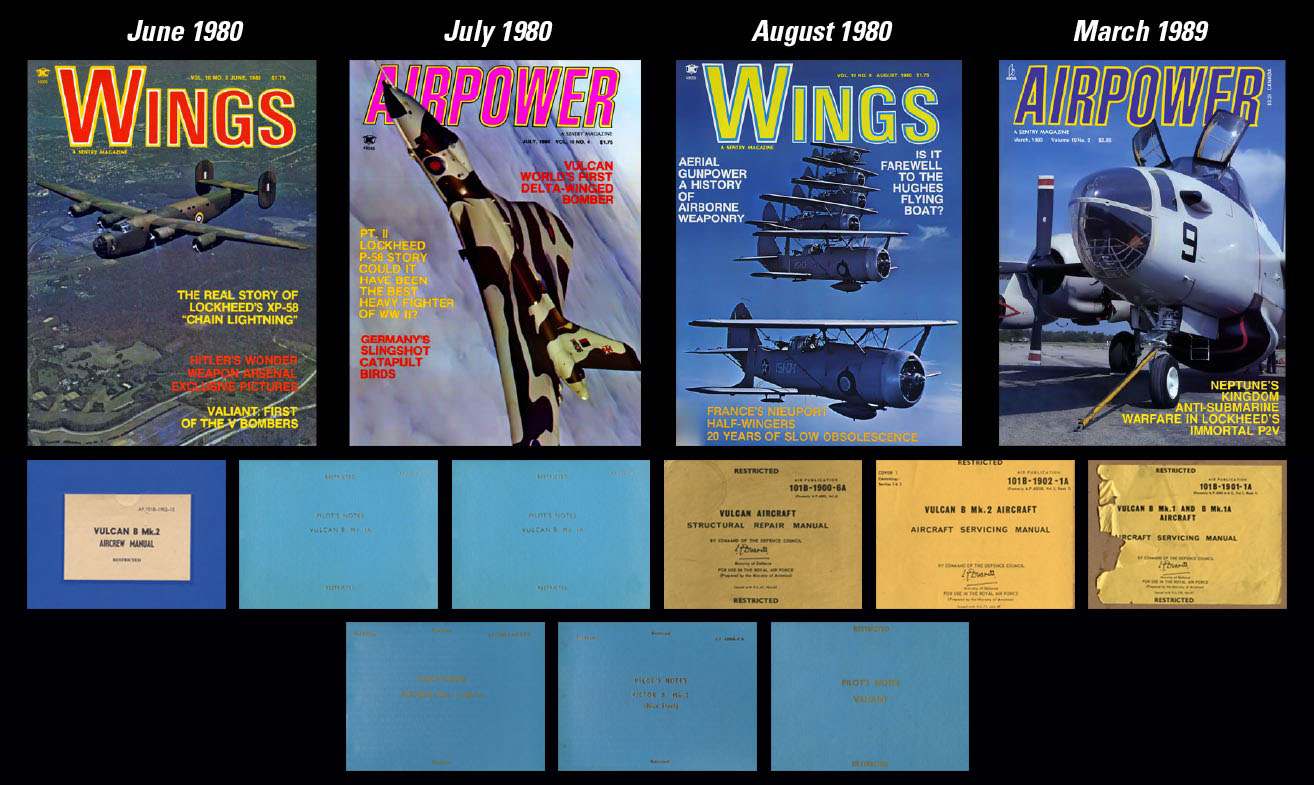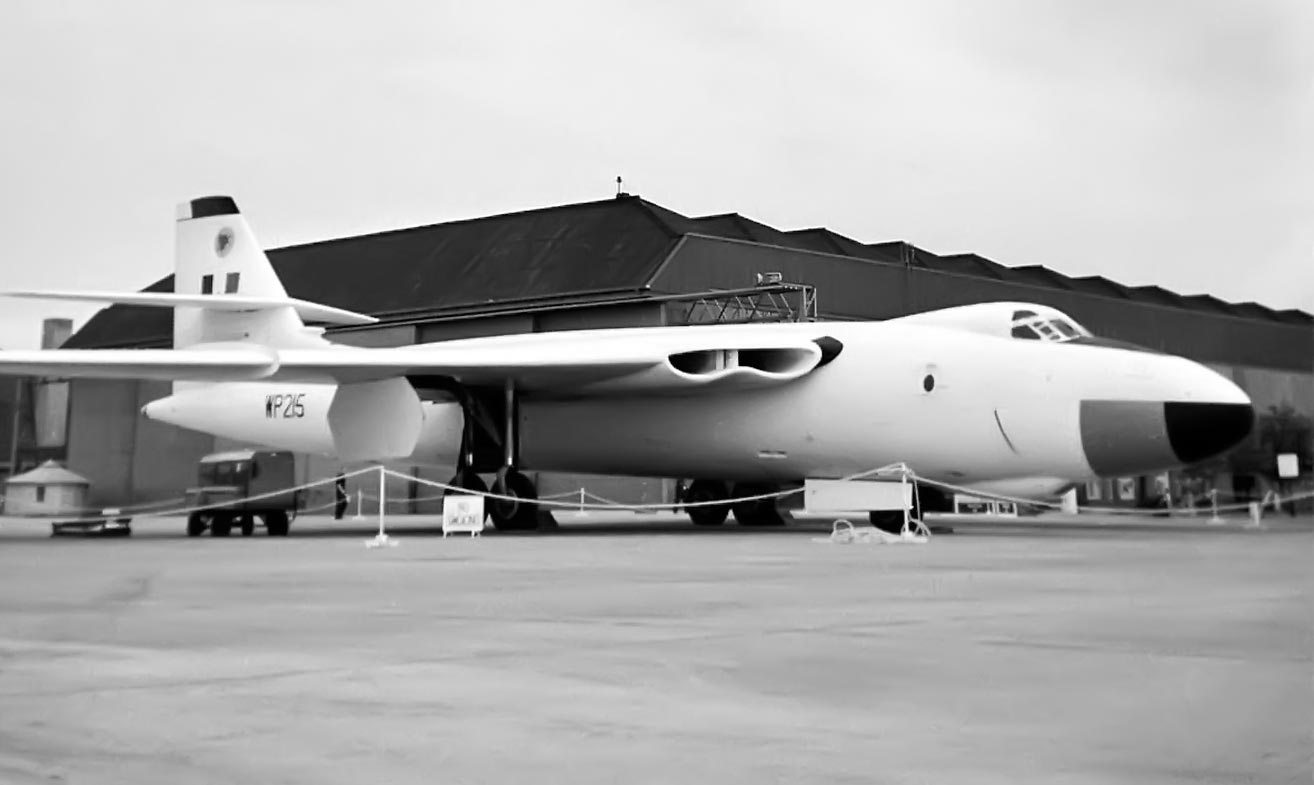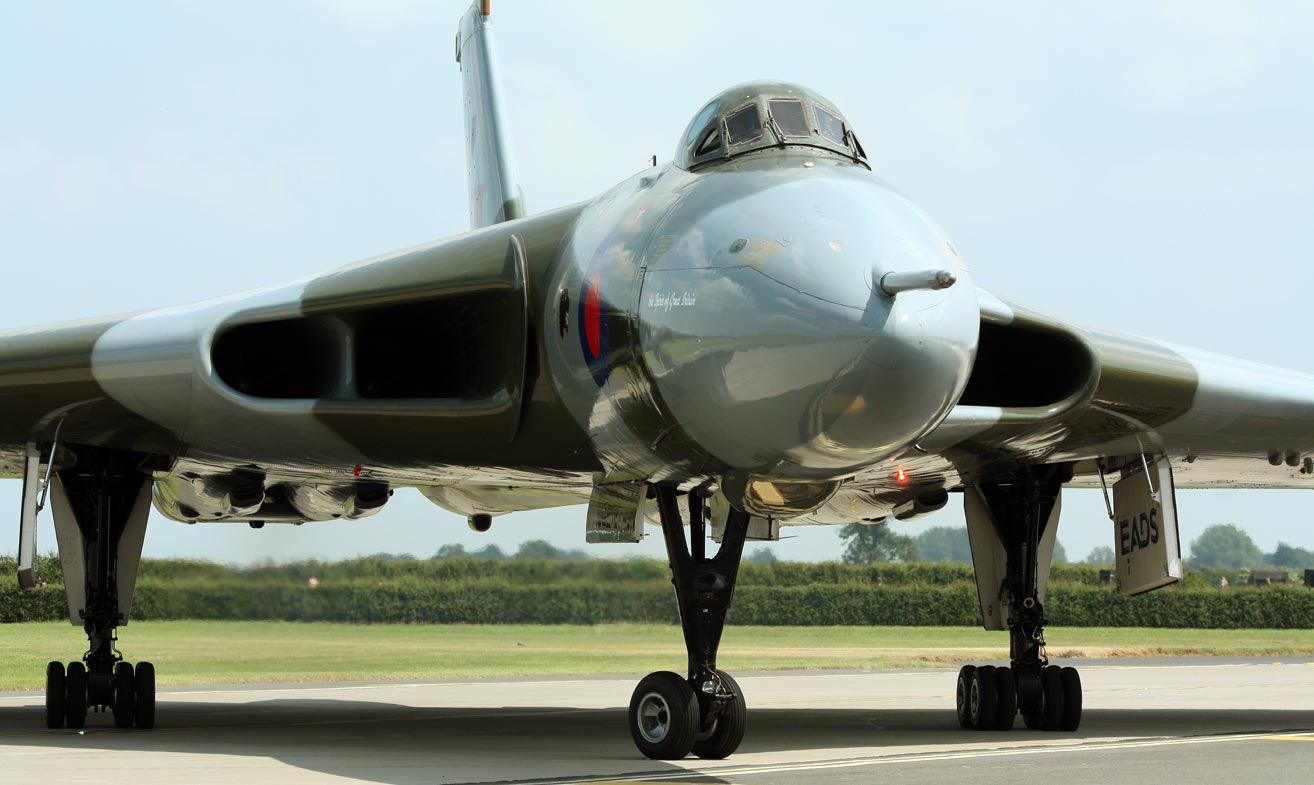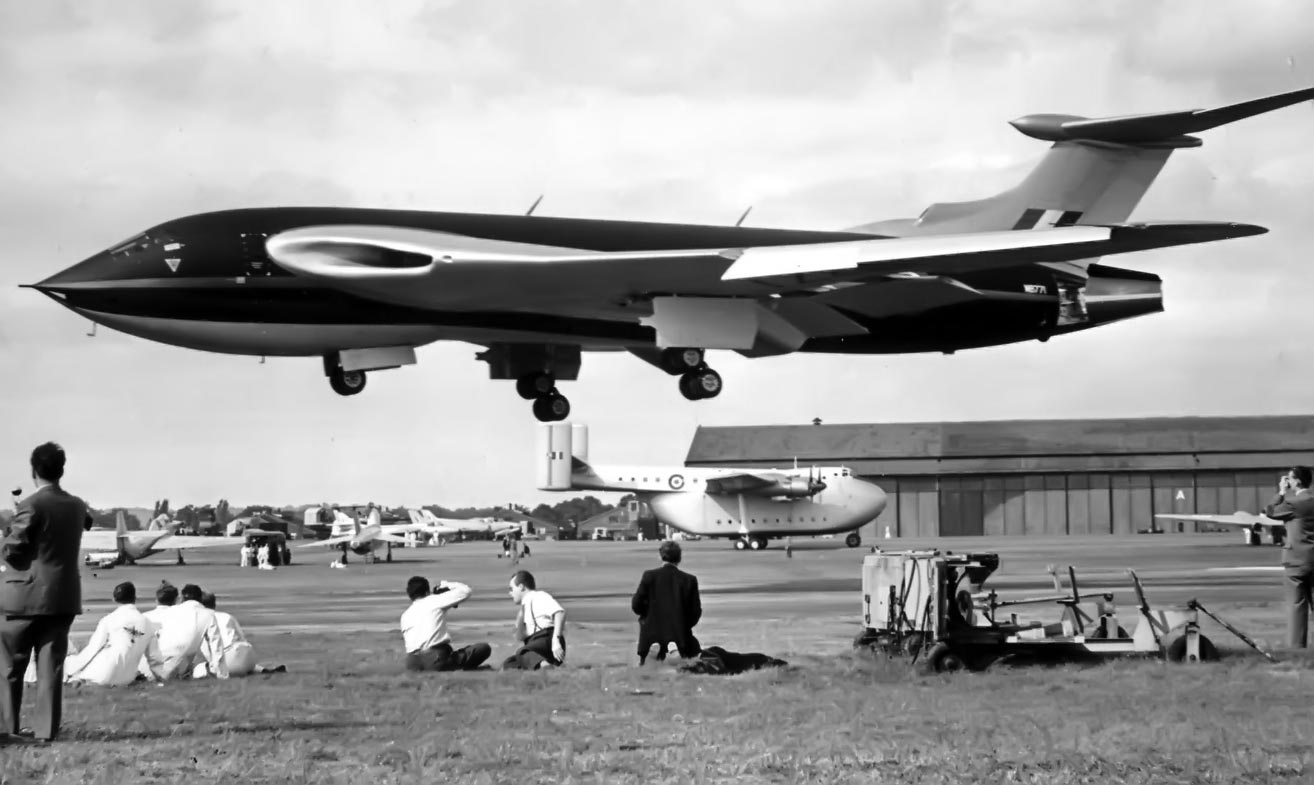Price: $24.95
- 4 magazines, 8 manuals, & photos
- PDF contains 3,121 pages
- Content is keyword searchable
- Print a personal copy
- Pay via PayPal or Credit Card
- International orders welcome!
- Download files upon payment
June 1980
- Valiant: First of the V Bombers
- Hitler’s Wonder Weapon Arsenal
- Lockheed’s XP-58 “Chain Lightning”
July 1980
- Vulcan, World’s first delta-winged bomber
- Lockheed P-58, Part II
- Germany’s Slingshot Catapult Birds
August 1980
- Handley Page Victor Bomber
- Hughes Flying Boat
- Aerial Gunpower
- France’s Nieuport Half-Wingers
March 1989
- Avro Vulcan Bomber
- Lockheed P-2V Anti-Submarine Warfare
Manuals & Photos
- Vulcan B. Mk 2 Aircrew Manual, 1970
- Vulcan B. Mk 1A Pilot Notes, 1961
- Vulcan Structural Repair Manual, 1966
- Vulcan B Mk.2 Aircraft Servicing Manual, 1968
- Vulcan B Mk.1 & Mk.1a Aircraft Servicing Manual, 1967
- Victor B Mk.1 & Mk.1a Pilot’s Notes, 1963
- Victor B Mk.2 (Blue Steel) Pilot’s Notes, 1964
- Valiant Pilot’s Notes, 1964
- Over 400 photos of the Valiant, Victor, and Vulcan bombers
Valiant, Victor, and Vulcan bombers
Valiant Specs
Victor Specs
Vulcan Specs
Videos
General Characteristics
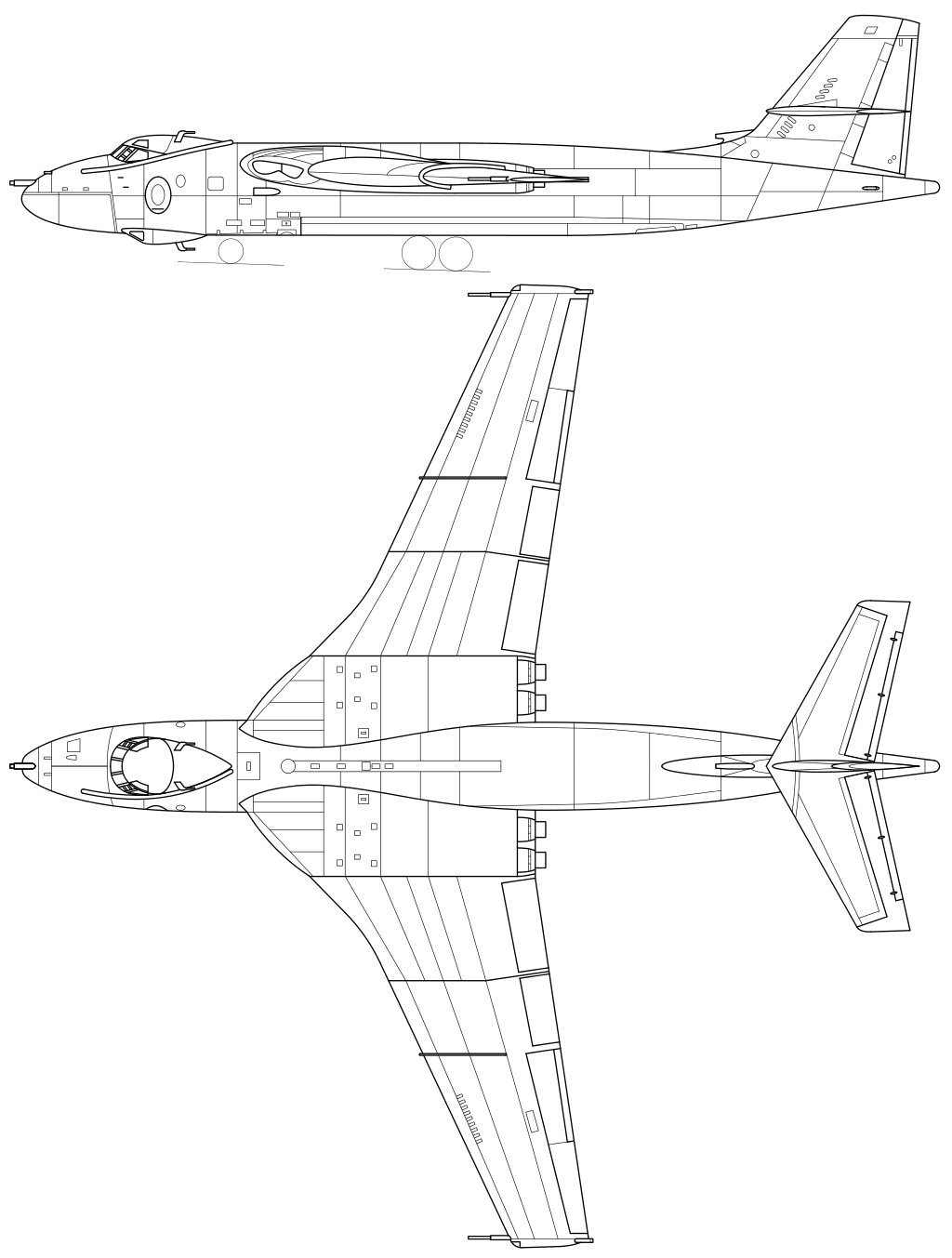
- Crew: five – two pilots, two navigators (one navigator plotter + one navigator bomber), air electronics officer
- Length: 108 ft 3 in (32.99 m)
- Wingspan: 114 ft 4 in (34.85 m)
- Height: 32 ft 2 in (9.80 m)
- Wing area: 2,362 ft² (219 m²)
- Empty weight: 75,881 lb (34,491 kg)
- Max. takeoff weight: 140,000 lb (63,600 kg))
- Powerplant: 4 × Rolls-Royce Avon RA28 Mk 204 turbojet, 10,000 lb (44.6 kN) each
Performance
- Maximum speed: 567 mph (493 knots, 913 km/h) at 30,000 ft (9,150 m)
- Range: 4,500 mi (3,910 nmi, 7,245 km) with underwing tanks
- Service ceiling: 54,000 ft (16,500 m)
- Rate of climb: 4,000 ft/min (20 m/s)
Armament
- Bombs:
- 1 × 10,000 lb (4500 kg) Blue Danube nuclear bomb or
- 21 × 1,000 lb (450 kg) bombs
On Display
- Vickers Valiant B1 XD818 – RAF Museum Cosford, on display with the other two V bombers, the Victor and Vulcan in the National Cold War Exhibition, this is the only fully intact example in existence, and so is the only place where an example of all three V bombers can be seen together.
- Cockpit sections surviving comprise XD816 at Brooklands Museum in Surrey and XD875 at the Highland Aviation Museum at Inverness Airport.A third surviving section is the cockpit of XD826 which is part of a private collection in Essex and the flight deck of XD857 is displayed at the Norfolk and Suffolk Aviation Museum at Flixton, Suffolk.
General Characteristics
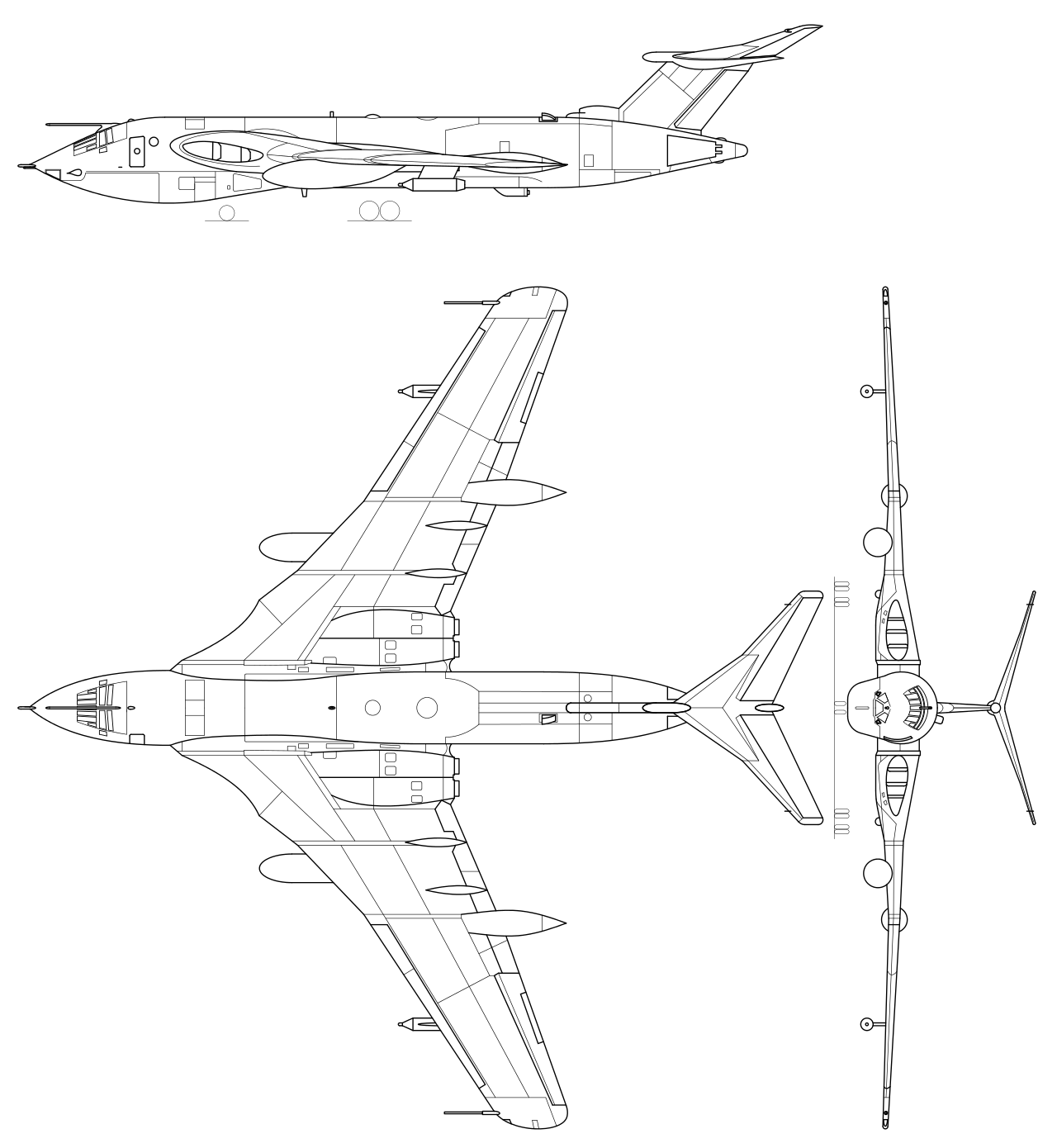
- Crew: 5
- Length: 114 ft 11 in (35.05 m)
- Wingspan: 110 ft 0 in (33.53 m)
- Height: 28 ft 1½ in (8.57 m)
- Wing area: 2,406 sq ft (223.5 m²)
- Empty weight: 89,030 lb (40,468 kg)
- Max. takeoff weight: 205,000 lb (93,182 kg)
- Powerplant: 4 × Armstrong Siddeley Sapphire A.S.Sa.7 turbojets, 11,050 lbf (49.27 kN) each
Performance
- Maximum speed: 627 mph (545 knots, 1,009 km/h) at 36,000 ft (11,000 m)
- Range: 6,000 mi (5,217 nmi, 9,660 km)
- Service ceiling: 56,000 ft (17,000 m)
Armament
- Up to 35 × 1,000 lb (450 kg) bombs or
- 1× Yellow Sun free-fall nuclear bomb
On Display
Victor B.1A
- XH648: a B.1A (K.2P) at the Imperial War Museum Duxford, Cambridgeshire. This is the sole B.1 to survive.
Victor K.2
- XH672: Maid Marian, at the Royal Air Force Museum, Cosford, Shropshire, in the National Cold War Exhibition.
- XH673: Gate guardian at RAF Marham, Norfolk, the Victor’s last home.
- XL231: Lusty Lindy, at the Yorkshire Air Museum, York. The prototype for the B.2 to K.2 conversion.
- XM715: Teasin’ Tina/Meldrew, at the British Aviation Heritage Centre, Bruntingthorpe, Leicestershire.
General Characteristics
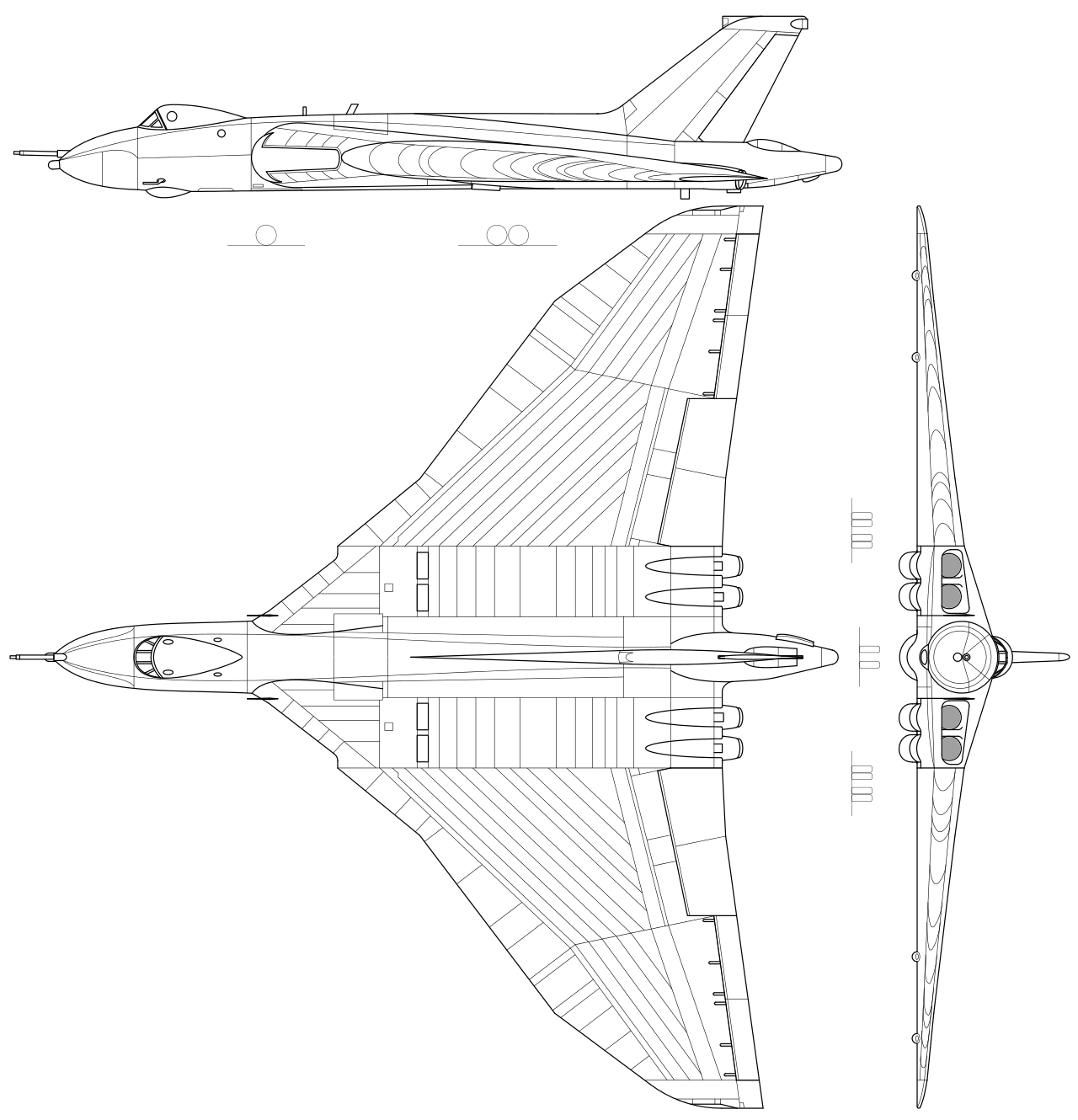
- Crew: 5 (pilot, co-pilot, AEO, Navigator Radar, Navigator Plotter)
- Length: 97 ft 1 in (29.59 m)
- Wingspan: 99 ft 5 in (30.3 m)
- Height: 26 ft 6 in (8.0 m)
- Wing area: 3,554 ft² (330.2 m²)
- Empty weight: 83,573 lb (including crew) (37,144 kg)
- Max. takeoff weight: 170,000 lb (77,111 kg)
- Powerplant: 4 × Bristol Olympus 101, or 102 or 104 turbojet, 11,000 lbf (49 kN) each
Performance
- Maximum speed: Mach 0.96 (645 mph ( 1038.03km/h)) at altitude
- Cruise speed: Mach 0.86 (567 miles per hour (912 km/h)) at 45,000 ft
- Range: 2,607 mi (4,171 km)
- Service ceiling: 55,000 ft (17,000 m)
- Thrust/weight: 0.31
Armament
- 21 × 1,000 pounds (454 kg) of conventional bombs
- 1 x Blue Danube nuclear gravity bomb
- 1 x Violet Club 400 kt nuclear gravity bomb
- 1 x U.S. Mark 5 nuclear gravity bomb supplied under Project E
- 1 x Yellow Sun Mk.1 400 kt nuclear gravity bomb
- 1 x Yellow Sun Mk 2 1.1 Mt thermonuclear gravity bomb
- 1 x Red Beard nuclear gravity bomb
On Display
- XJ823 Vulcan B.2 – Solway Aviation Museum, Carlisle, Cumbria, England.
- XJ824 Vulcan B.2 – Imperial War Museum Duxford, Cambridgeshire, England.
- XL318 Vulcan B.2 – Royal Air Force Museum London, Hendon, England.
- XL319 Vulcan B.2 – North East Aircraft Museum, Sunderland, England.
- XL360 Vulcan B.2 – Midland Air Museum, Coventry, England.
- XL361 Vulcan B.2 – CFB Goose Bay Goose Bay, Labrador, Canada
- XL426 Vulcan B.2 (G-VJET) preserved in taxiable condition at Southend Airport, England.
- XM573 Vulcan B.2 – Strategic Air and Space Museum – relocated from Offutt AFB to a site near Ashland, Nebraska, United States.
- XM575 Vulcan B.2 – East Midlands Airport Aeropark, England.
- XM594 Vulcan B.2 – Newark Air Museum, Newark-on-Trent, England.
- XM597 Vulcan B.2 – National Museum of Flight, East Fortune, Scotland.
- XM598 Vulcan B.2 – Royal Air Force Museum Cosford, Cosford, England.
- XM603 Vulcan B.2 – Woodford Aerodrome, some parts removed for support of XH558, XM655 and XL426.
- XM605 Vulcan B.2 – Castle Air Museum (former Castle AFB), Atwater, California, United States.
- XM606 Vulcan B.2 – Barksdale AFB, United States.
- XM607 Vulcan B.2 – RAF Waddington, England.
- XM612 Vulcan B.2 – City of Norwich Aviation Museum, Norwich, England.
- XM655 Vulcan B.2 (G-VULC) preserved in taxiable condition at Wellesbourne Mountford Airfield, England.
